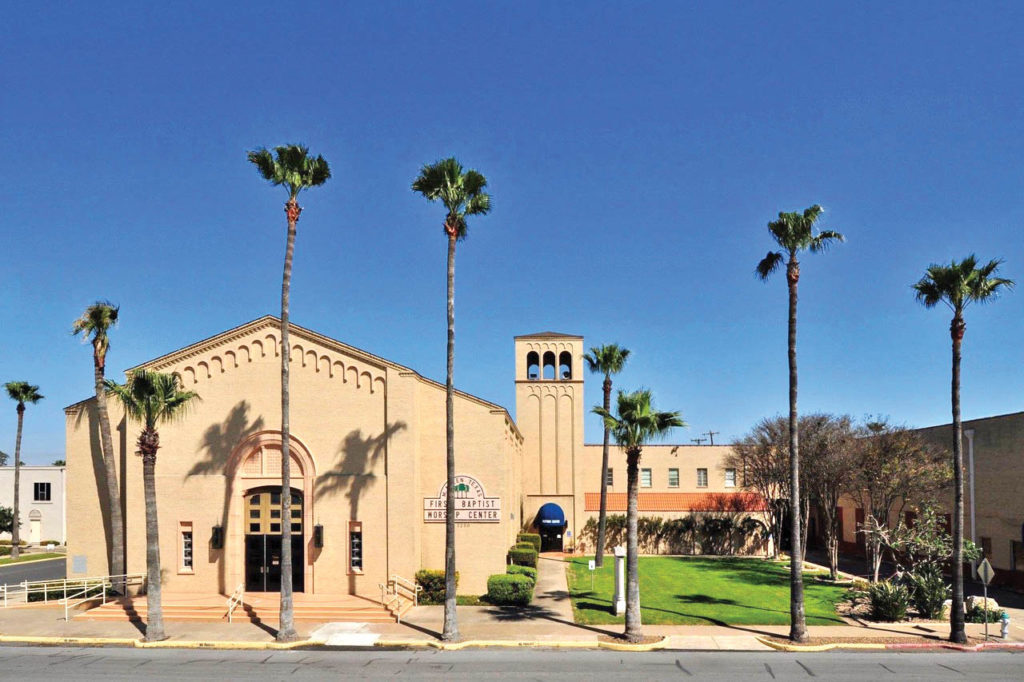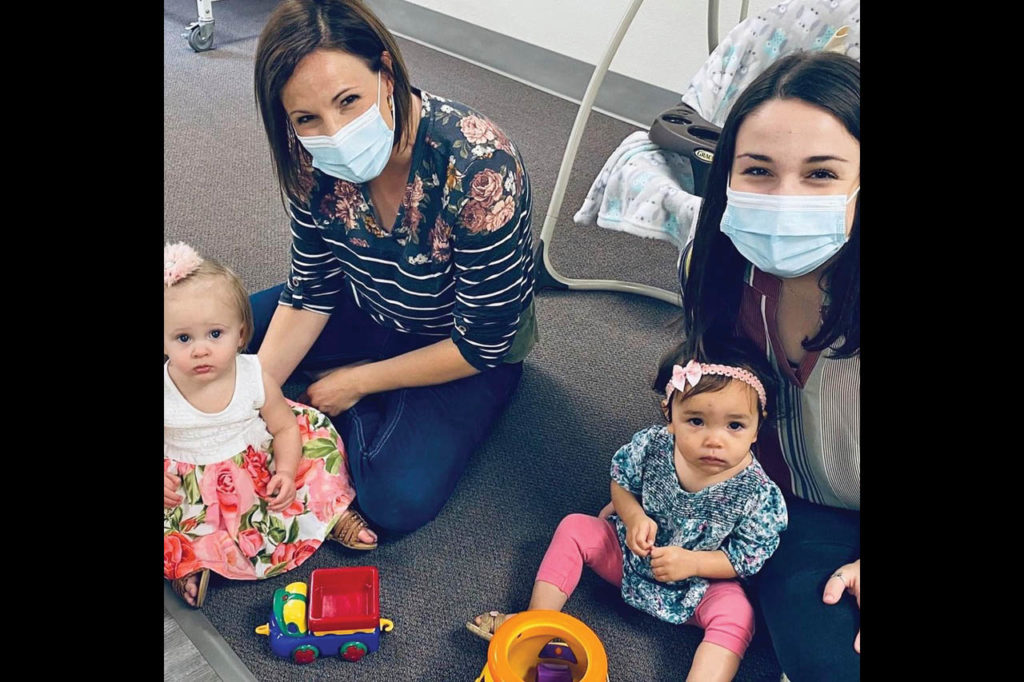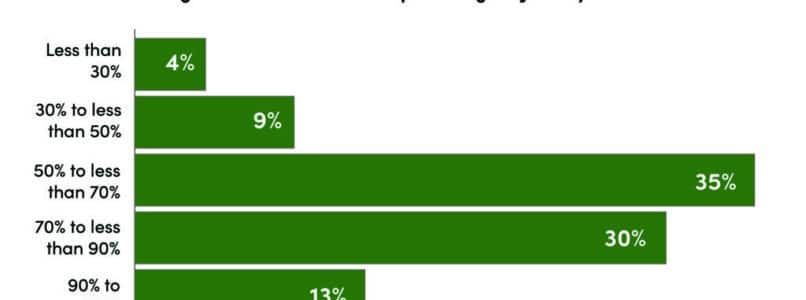WASHINGTON (BP) – Regulations issued this year by China have intensified the communist government’s control of clergy among the five state-authorized religious groups and have effectively prohibited the work of pastors and leaders of unregistered churches and other entities, according to a new report.
The U.S. Commission on International Religious Freedom (USCIRF), a bipartisan panel appointed by the president and congressional leaders, released a fact sheet Oct. 29 on Chinese rules that have increased the government’s suppression of faith groups and their leaders since they took effect in May. The “Measures on the Management of Religious Clergy” serve as additions to 2018 regulations that already administered “an invasive and comprehensive system of control and surveillance on clergy,” USCIRF’s report said.
The new regulations include requirements that clergy back the Chinese Communist Party (CCP) and the socialist system, as well as refrain from ambiguous categories such as participating in “illegal religious activities” and adopting “religious extremist ideology,” USCIRF reported. The rules establish penalties for violations of a “complex web of state rules and policies” by clergy of the government-approved religious groups, according to the report. Those groups are the Protestant Three-self Patriotic Movement, Chinese Patriotic Catholic Association, Buddhist Association of China, Chinese Taoist Association and Islamic Association of China.
“This latest report confirms what many of us suspect about Communist China: Ministry is incredibly challenging because of the country’s animosity towards religion,” said Brent Leatherwood, acting president of the Southern Baptist Ethics & Religious Liberty Commission (ERLC).
Citing USCIRF’s report of “even tighter state control and surveillance,” Leatherwood said in written comments, “Given what we know about the Chinese Communist Party’s use of these technologies to conduct a genocide against the Uyghur people, this is not surprising. The reality is China is a dangerous and hostile environment for people of faith, and this should be deeply alarming for Christians who are concerned about standing up for human dignity and religious freedom wherever they are threatened.”
Leatherwood wrote an op-ed published Tuesday (Nov. 2) in The Tennessean regarding the approval by Southern Baptist messengers at this year’s annual meeting of a resolution that condemned what it described as China’s “genocide” of the Uyghur people, primarily Muslims in northwest China.
Isaac Six, senior director of advocacy for Open Doors USA, said in a written statement, “China is no friend to faith. USCIRF’s report reveals just how suffocating the Chinese Communist Party’s control over faith has become. Every aspect of a church’s leadership is subject to intense scrutiny. The slightest perceived violation of an almost endless list of restrictions could lead to fines, arrest and imprisonment.
“When you couple these regulations with a judicial system entirely dominated by the Party, it means in effect no pastor, priest or minister is allowed to say or do anything out of line with the Chinese government’s political ideology,” Six said. “This is why millions of Christians in China bravely worship in unsanctioned house churches, choosing to follow Jesus and worship freely, even though it comes at great risk to them and their families.”
Open Doors USA is a leading advocate for persecuted Christians overseas.
The U.S. government has consistently recognized China as a major persecutor of Christians and other faith groups since the enactment of the International Religious Freedom Act in 1998. In every report since then, the State Department has named China as one of its “countries of particular concern,” a designation reserved for the world’s most severe violators of religious liberty.
The Trump administration, before it left office, and the Biden administration both declared early this year that China’s repression of the Uyghurs is genocide. More than 1 million Uyghurs, and maybe as many as 3 million, have been detained in “re-education” camps. Coerced labor and forced sterilizations and abortions also have been widely reported.
Southern Baptists also have spoken out on China’s religious repression. The SBC resolution in June reportedly made it the first Christian group to denounce China’s campaign against the Uyghurs as genocide. In 2019, messengers to the SBC meeting passed a resolution condemning the CCP, as well as North Korea’s regime, for “extreme religious persecution and flagrant human rights violations.”
Chinese officials have apprehended and arrested scores of unregistered Protestant house church leaders and Catholic priests since the new rules were announced, USCIRF reported. According to the report, these included Zhang Chunlei of Ren’ai Reformed Church and Yang Hua of Living Stone Church of Guiyang city in Guizhou province, as well as Catholic Bishop Joseph Zhang Weizhu of Xixiang in Hebei province.
According to USCIRF, the new rules enable China to use the state-sanctioned religious groups and its religious affairs bureaus (RABs) in extending its authority over clergy who serve in those groups. The groups “vet, recognize, and ordain” clergy candidates, then provide their information to the RABs at multiple levels of government. The regulations also require a “clergy database” that is updated by the RABs.
Under the rules, government-authorized religious groups, partnering with RABs, may punish clergy for transgressing state regulations, and criminal prosecution may await more serious violations, USCIRF reported.
Tibetan Buddhist and Catholic clergy are particular targets of the rules because of the state’s “heightened political sensitivity toward these two religions with perceived foreign connections,” according to USCIRF.
The nine-member USCIRF tracks the status of religious liberty worldwide and issues reports to Congress, the president and the State Department. Mingzhi Chen, a USCIRF policy analyst, wrote the report on China’s new regulations.


















